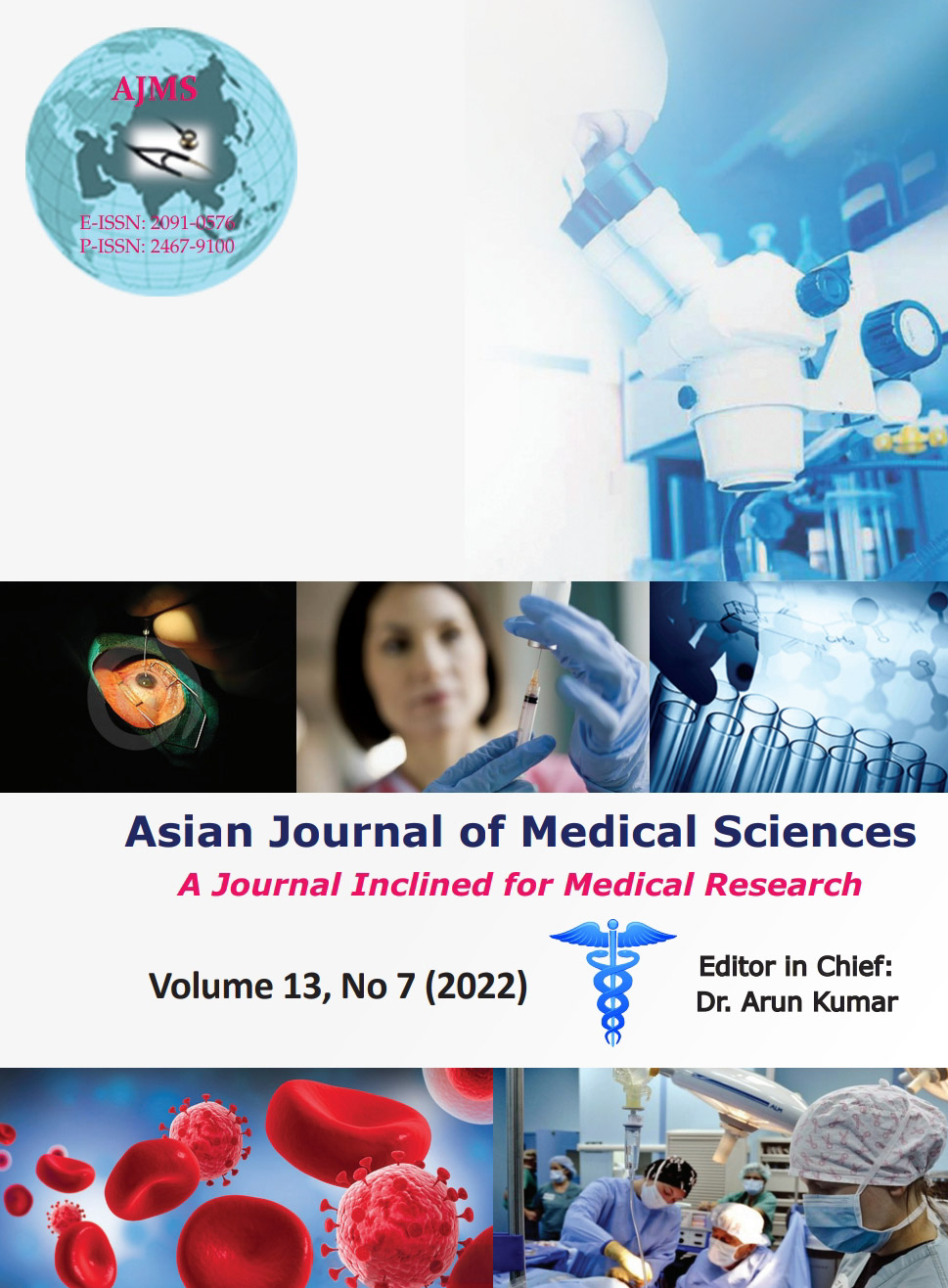Clinical profile of patients with psoriatic arthritis in a tertiary healthcare center
Keywords:
Psoriatic arthritis, Spondyloarthropathy, SteroidsAbstract
Background: Psoriatic arthritis (PsA) is an inflammatory arthritis associated with psoriasis, usually seronegative for rheumatoid factor. While many patients with PsA do well, there is a group of patients who suffer from severe disease, with progression of articular damage and increased morbidity.
Aims and Objectives: This study was aimed at assessing the clinical profile of patients suffering from PsA in a tertiary care hospital.
Materials and Methods: A prospective observational study was carried out with due permission of the Institutional Ethics Committee. Demographic and clinical parameters were tabulated and DAPSA and PASI scores were noted. The comparison was done using Chi-square test and paired t-tests. Outcomes were noted and comparisons were made after 3 months of observation.
Results: A total of 43 patients were included in the study. Most of them belonged to the age group of 26–35 years (25.25%), followed by 36–45 years (23.26%). The mean age of the study subjects was 39.09±8.4 years and median age was 30 years, with roughly an equal number of male (55.81%) and female (44.19%) patients. We observed that along with small joint involvement, which is common in PsA, many patients also showed involvements of large joints. Low backache, dactylitis, and enthesitis were observed in few patients.
Conclusion: The study concludes that there was significant difference between mean DAPSA score at <1 year duration but not after 1 year and there is no correlation between the DAPSA score and PASI score.
Downloads
Downloads
Published
How to Cite
Issue
Section
License
Copyright (c) 2022 Asian Journal of Medical Sciences

This work is licensed under a Creative Commons Attribution-NonCommercial 4.0 International License.
Authors who publish with this journal agree to the following terms:
- The journal holds copyright and publishes the work under a Creative Commons CC-BY-NC license that permits use, distribution and reprduction in any medium, provided the original work is properly cited and is not used for commercial purposes. The journal should be recognised as the original publisher of this work.
- Authors are able to enter into separate, additional contractual arrangements for the non-exclusive distribution of the journal's published version of the work (e.g., post it to an institutional repository or publish it in a book), with an acknowledgement of its initial publication in this journal.
- Authors are permitted and encouraged to post their work online (e.g., in institutional repositories or on their website) prior to and during the submission process, as it can lead to productive exchanges, as well as earlier and greater citation of published work (See The Effect of Open Access).




